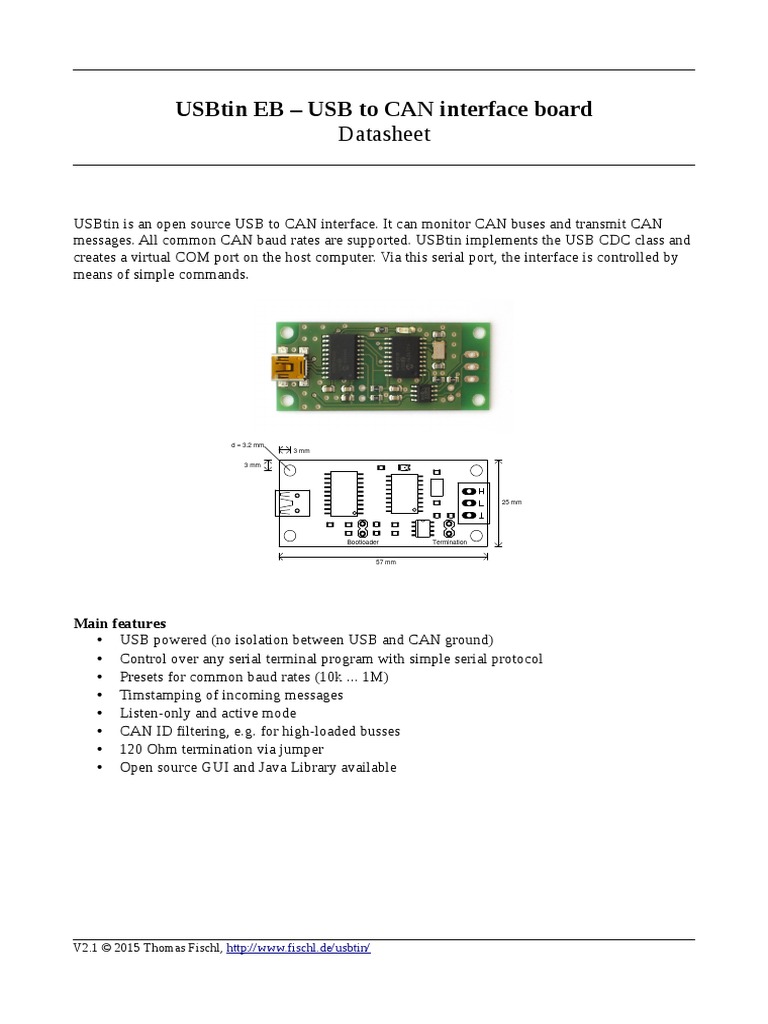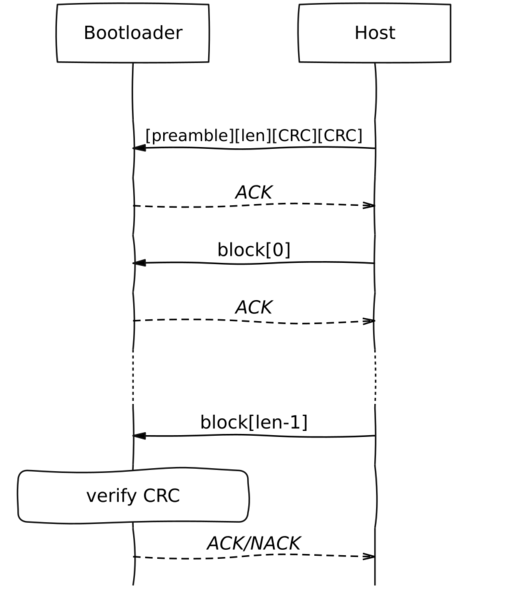Simple Serial Protocol

I²C (Inter-Integrated Circuit), pronounced I-squared-C, is a multi-master, multi-slave, packet switched, single-ended, serial computer bus invented in 1982. Serial Protocols Compared Serial buses dot the landscape of embedded design. From displays to storage to peripherals, serial interfaces make communications possible. Many serial communication interfaces compete for use in embedded systems. The right serial interface for your system depends on several key factors.
I need a simple communication protocol between two devices (a PC and a microcontroller). The PC must send some commands and parameters to. [Arduino / CSharp] Simple Serial communication protocol - C and C++ Hacks and Cheats Forum.

• • • Simple Network Management Protocol ( SNMP) is an protocol for collecting and organizing information about managed devices on networks and for modifying that information to change device behavior. Devices that typically support SNMP include cable modems, routers, switches, servers, workstations, printers, and more. SNMP is widely used in for. SNMP exposes management data in the form of variables on the managed systems organized in a (MIB) which describe the system status and configuration. These variables can then be remotely queried (and, in some circumstances, manipulated) by managing applications. Three significant versions of SNMP have been developed and deployed.
SNMPv1 is the original version of the protocol. More recent versions, SNMPv2c and SNMPv3, feature improvements in performance, flexibility and security.
SNMP is a component of the as defined by the (IETF). It consists of a set of for network management, including an protocol, a database, and a set of. Principle of SNMP Communication In typical uses of SNMP, one or more administrative computers called managers have the task of monitoring or managing a group of hosts or devices on a. Each managed system executes a software component called an agent which reports information via SNMP to the manager. An SNMP-managed network consists of three key components: • Managed devices • – software which runs on managed devices • (NMS) – software which runs on the manager A managed device is a network node that implements an SNMP interface that allows unidirectional (read-only) or bidirectional (read and write) access to node-specific information. Managed devices exchange node-specific information with the NMSs.
Sometimes called network elements, the managed devices can be any type of device, including, but not limited to,,,,,,,,, computer, and. An agent is a network-management software module that resides on a managed device. An agent has local knowledge of management information and translates that information to or from an SNMP-specific form. A network management station executes applications that monitor and control managed devices. NMSs provide the bulk of the processing and memory resources required for network management. One or more NMSs may exist on any managed network. Management information base [ ].
Main article: SNMP agents expose management data on the managed systems as variables. Patch Francais Pour Crazy Talk. The protocol also permits active management tasks, such as modifying and applying a new configuration through remote modification of these variables. The variables accessible via SNMP are organized in hierarchies. Delphi Ds150e Keygen 2013 2500 on this page. SNMP itself does not define which information (which variables) a managed system should offer.
Download 2014 Jeep Wrangler Owners Manual. Rather, SNMP uses an extensible design which allows applications to define their own hierarchies and metadata. These hierarchies, and other metadata (such as type and description of the variable), are described by management information bases (MIBs).
MIBs describe the structure of the management data of a device subsystem; they use a containing (OID). Each OID identifies a variable that can be read or set via SNMP. MIBs use the notation defined by Version 2.0 (SMIv2, ), a subset of. Protocol details [ ] SNMP operates in the of the ( of the ).
The SNMP agent receives requests on port 161. The manager may send requests from any available source port to port 161 in the agent. The agent response will be sent back to the source port on the manager.